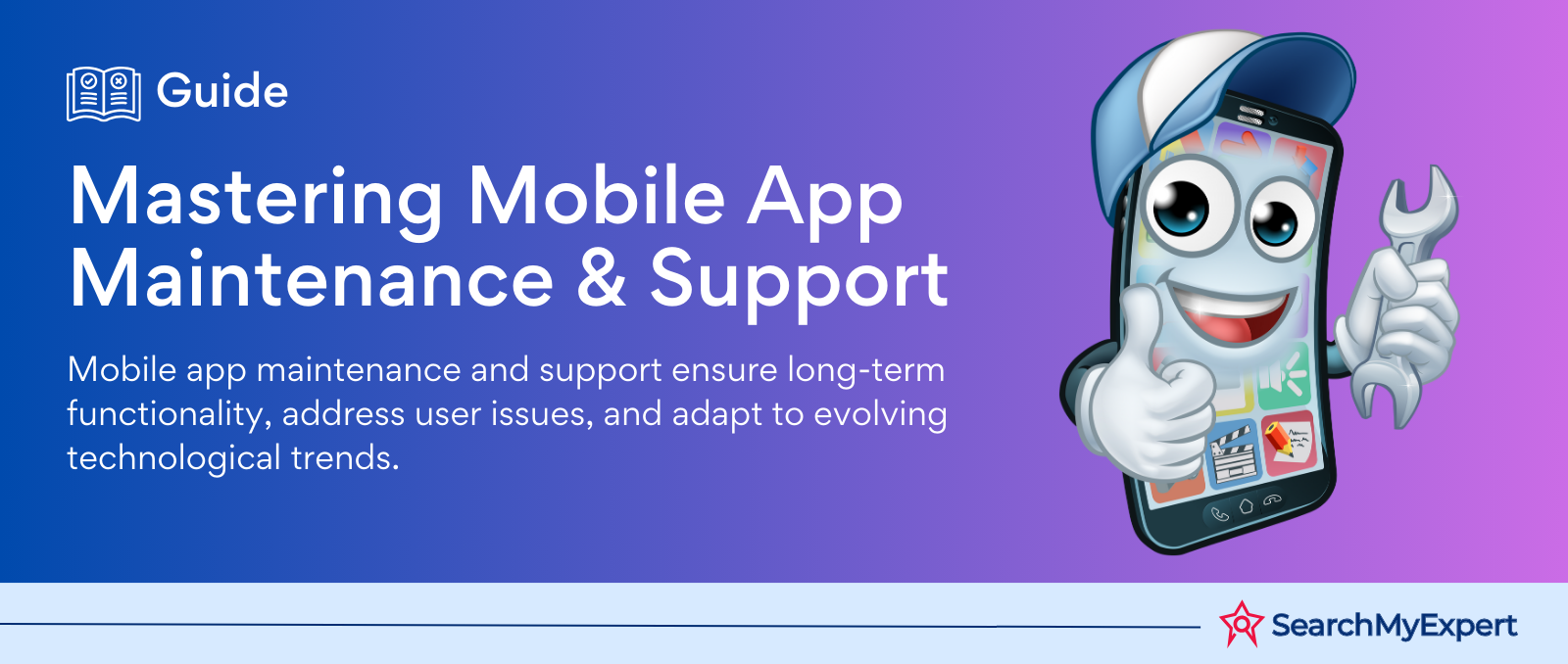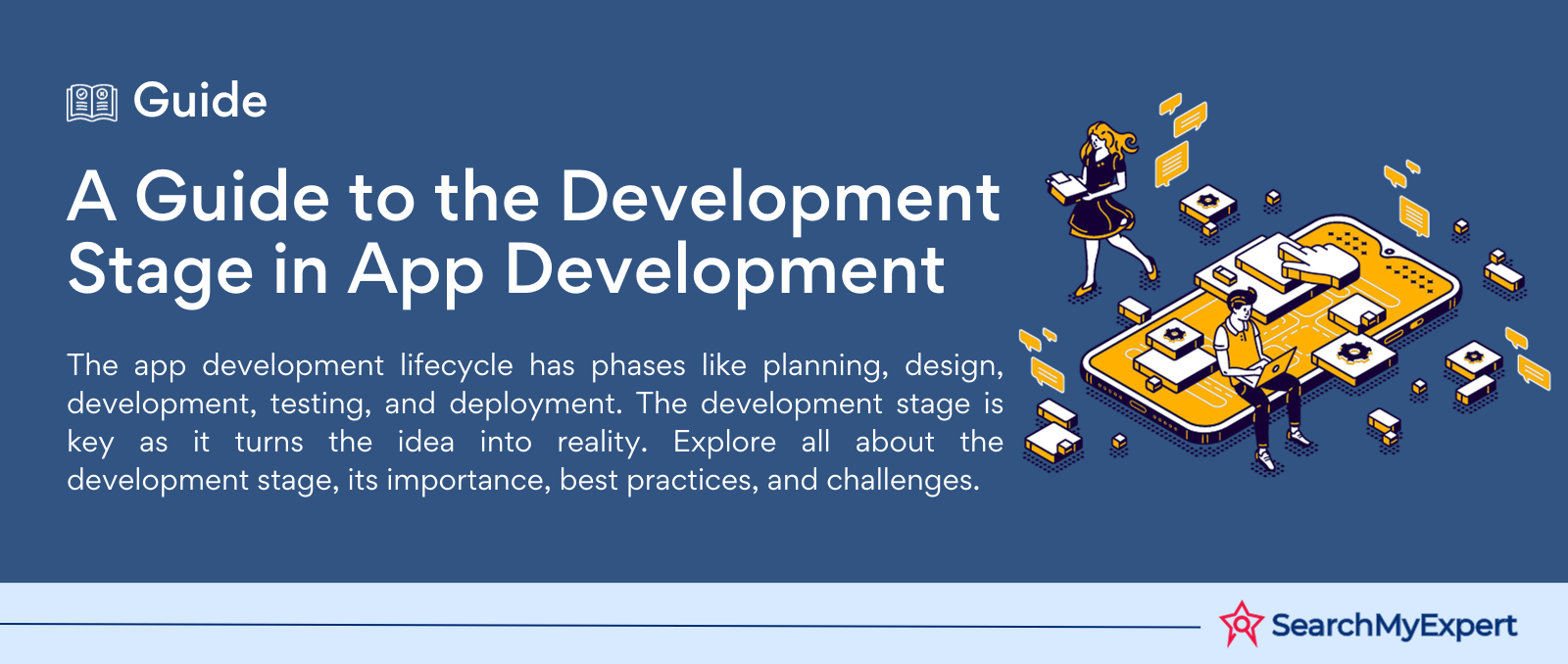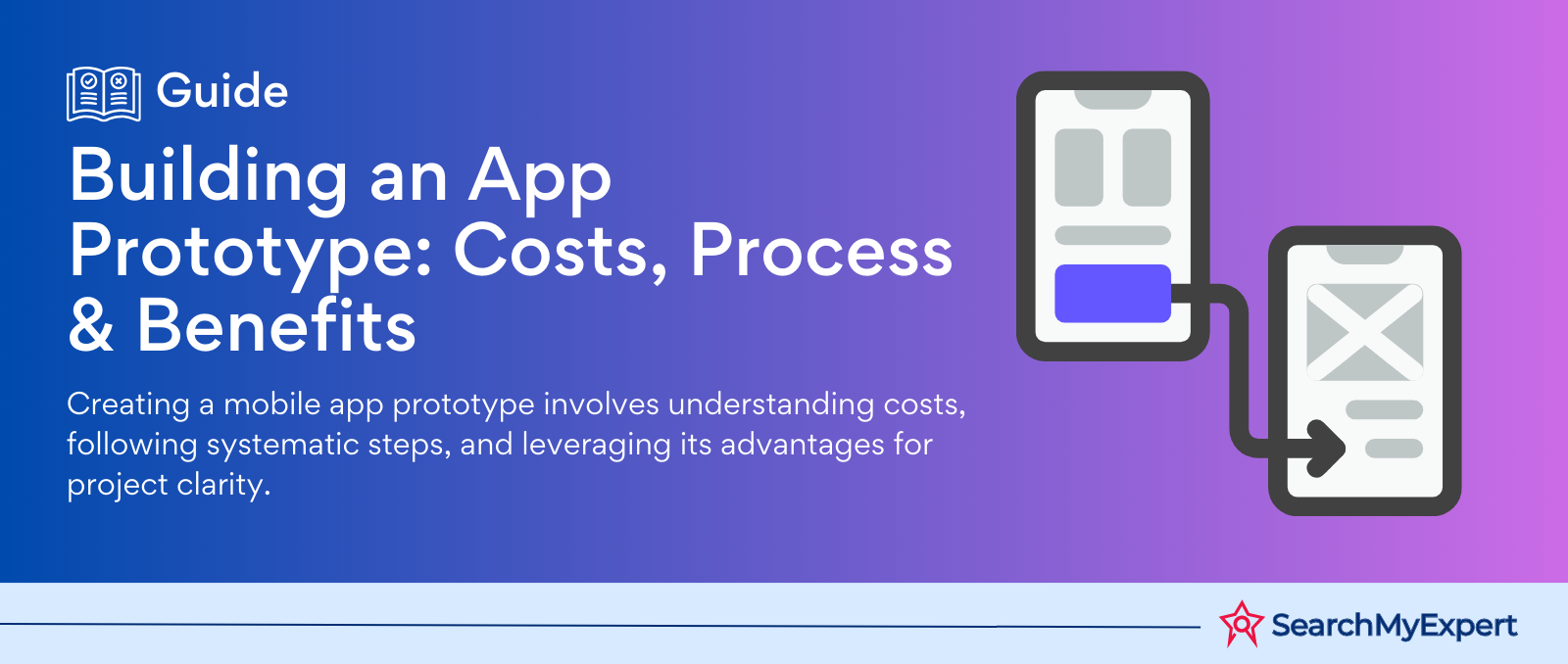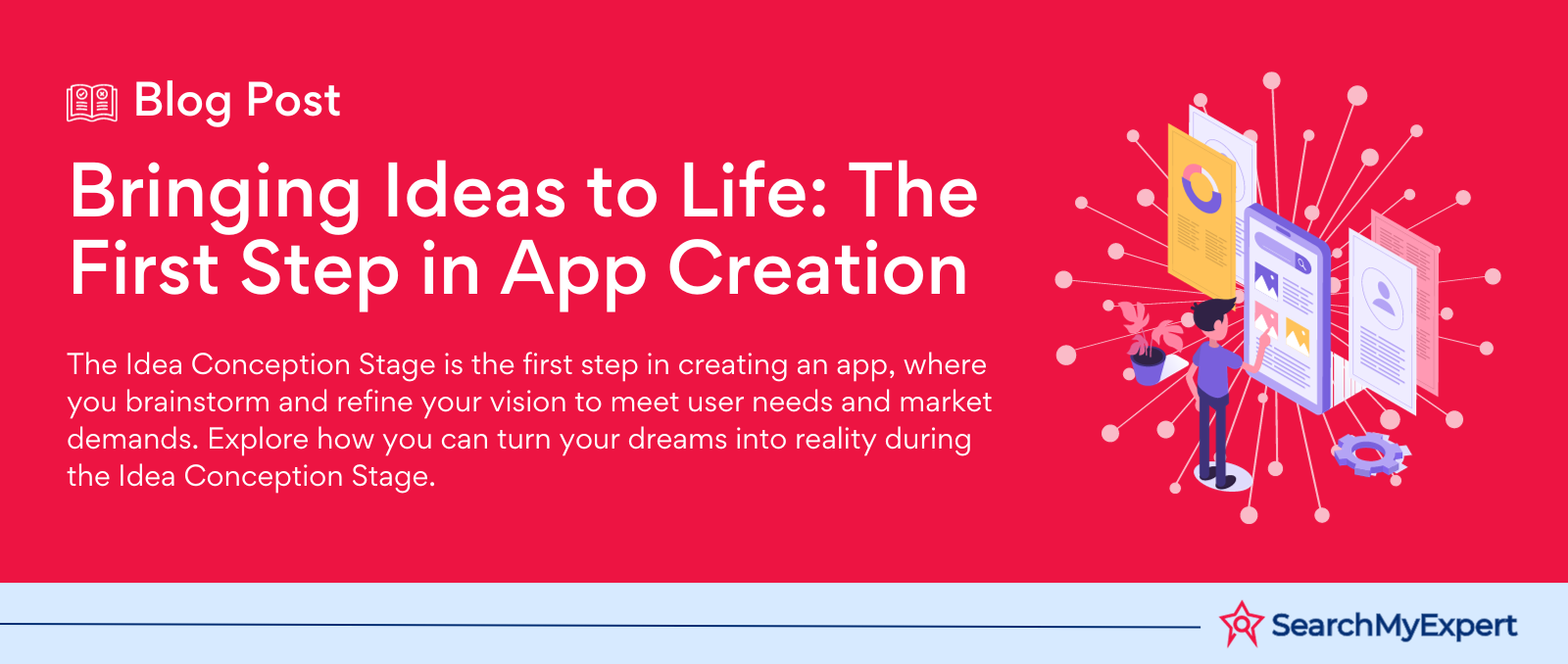Development of a Lasting Identity for Startups
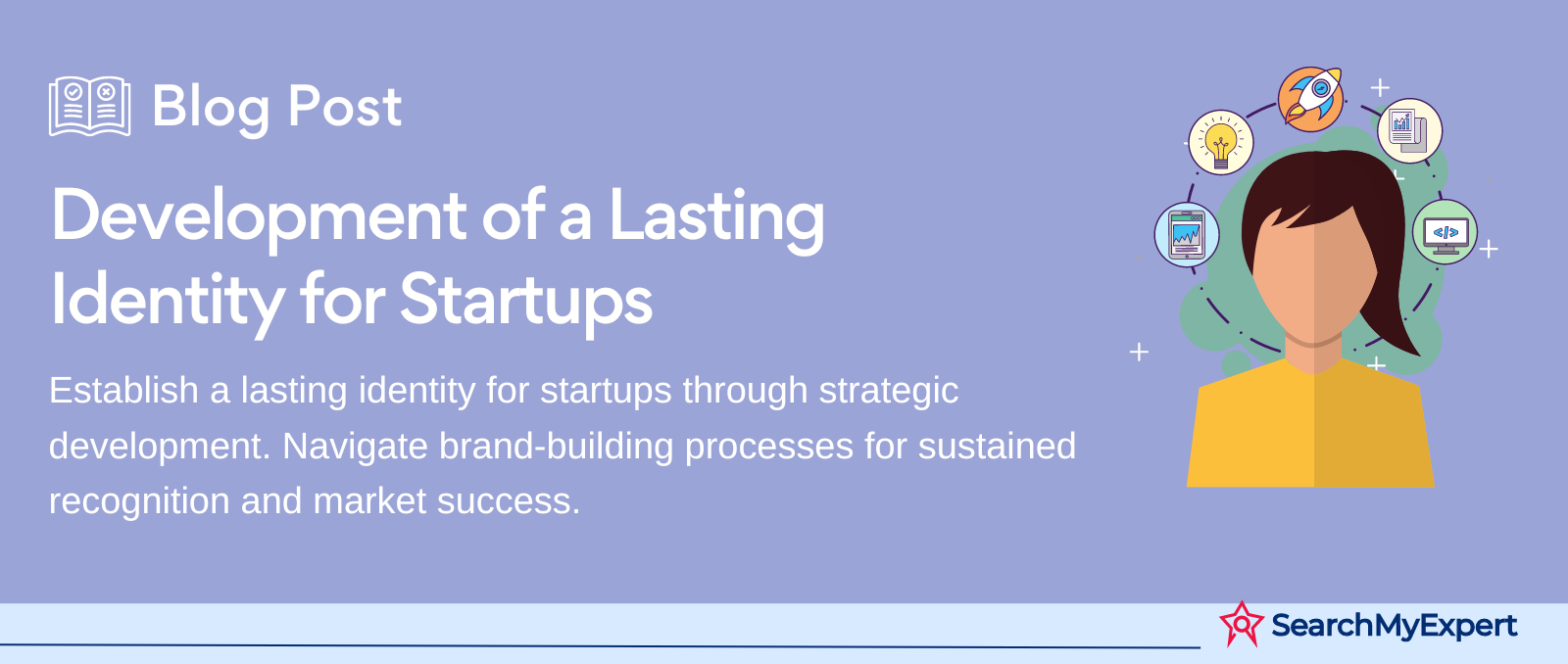
The Power of Branding for Startups
What is Branding and Why is it Crucial for Startups?
Branding is the art of creating a unique identity for your business in the minds of consumers. It goes beyond a mere logo or slogan; it's about the emotions, experiences, and perceptions that people associate with your company. For startups, branding is the magic wand that transforms your business idea into a memorable and relatable story for your audience.
Branding vs. Established Businesses: A Startup's Perspective
Startups face a different branding challenge compared to established businesses. While established companies build on legacy, recognition, and an existing customer base, startups must craft their identity from scratch. This situation demands creativity, innovation, and a keen understanding of the modern consumer's psyche. Startups need to be agile, adapting quickly to market changes and customer feedback, making their branding efforts more dynamic and sometimes unconventional.
The Early Bird Advantage: Benefits of Strong Branding
Establishing a strong brand early on provides several advantages:
- Differentiation: In a crowded market, a well-crafted brand helps your startup stand out.
- Trust Building: Strong branding builds credibility and trust, essential for attracting first-time customers.
- Customer Loyalty: Effective branding creates emotional connections, fostering customer loyalty.
- Business Value: A strong brand can increase your company's value, making it more attractive to investors and partners.
- Marketing Efficiency: A clear brand identity helps streamline marketing efforts, ensuring consistency across all platforms.
Defining Your Brand Identity
Identifying Your Target Audience: Knowing Whom You Serve
The first step in defining your brand identity is to identify and understand your target audience. This involves:
- Demographic Analysis: Age, location, gender, income level, etc.
- Psychographic Understanding: Interests, values, lifestyles.
- Pain Points: What problems does your audience face that your startup can solve?
- Aspirations: What do your potential customers aspire to achieve?
Uncovering Your Unique Value Proposition: Stand Out from the Crowd
Your unique value proposition (UVP) is what makes your startup different and better than the competition. It's a clear statement that describes:
- Benefits: What benefits do you offer that others don’t?
- Target Audience: Who are you creating value for?
- How You Deliver: What makes your approach unique?
Defining Your Brand Values: The Guiding Principles
Your brand values are the principles that dictate how your startup operates and interacts with the world. These values should be:
- Authentic: Reflecting the true spirit of your startup.
- Consistent: Visible in every aspect of your business.
- Inspirational: Motivating your team and resonating with your audience.
Crafting Your Brand Story
Developing a Narrative That Resonates
Crafting your brand story is about weaving a narrative that connects your startup's vision, mission, and values with your audience. This story should:
- Be Relatable: Connect on an emotional level with your target audience.
- Be Authentic: Reflect the true essence of your brand.
- Be Memorable: Make your brand easy to remember and share.
Solving Problems: The Heart of Your Story
Your brand story should highlight:
- The Problem: Clearly define the problem your startup is solving.
- The Solution: How your product or service provides a solution.
- The Impact: Demonstrate the positive change your solution brings.
The Power of Words: Taglines and Mission Statements
A great tagline and mission statement are crucial elements of your brand story. They should be:
- Concise: Short and to the point.
- Impactful: Leave a lasting impression.
- Aligned with Your Values: Reflect your brand's core principles.
Designing Your Brand Visual Identity
Choosing Your Brand's Visual Elements
Your logo and color palette are often the first things people notice about your brand. They should:
- Reflect Your Brand Personality: Choose colors and designs that embody your brand's character.
- Be Distinctive: Stand out in a crowded market.
- Be Versatile: Work across various mediums and platforms.
Consistency Across Platforms
To build a strong brand identity, ensure that your visual elements are consistent across all platforms. This includes:
- Website Design: Your digital storefront.
- Social Media: Consistent imagery and style across all channels.
- Marketing Materials: Brochures, business cards, ads, etc.
Professionalism and Impact
Your visual identity should not only be aesthetically pleasing but also professional and impactful. This requires:
- Quality Design: Invest in professional design services if necessary.
- Brand Guidelines: Develop a set of guidelines to maintain consistency.
- Adaptability: Ensure your design stays relevant and adapts to changing trends.
Implementing Your Brand Strategy
Developing a Brand Voice and Style Guide
A brand voice and style guide are essential for maintaining consistency in communication. This includes:
- Tone of Voice: Should it be professional, friendly, quirky, or authoritative?
- Language Use: Simple, technical, informal, or formal?
- Visual Style: Guidelines for the use of logos, colors, and fonts.
Building a Strong Online Presence
Your online presence, encompassing social media and your website, is a critical aspect of your brand strategy. Key points include:
- Website Design: Ensure it's user-friendly, aesthetically pleasing, and reflects your brand identity.
- Social Media Strategy: Choose platforms that align with your audience and brand values, and engage regularly with your audience.
Creating Engaging Content
Content creation is a powerful tool in brand strategy. It should:
- Reflect Your Brand Story: Every piece of content should reinforce your brand narrative.
- Be Audience-Centric: Address the interests, needs, and challenges of your target audience.
- Be Diverse: Use a mix of formats - blogs, videos, infographics, podcasts.
Building Brand Advocacy
Fostering Relationships with Influencers and Partners
Partnerships with influencers and key industry players can amplify your brand. Focus on:
- Relevance: Collaborate with those who align with your brand values and audience.
- Authenticity: Genuine partnerships resonate more with audiences.
Encouraging Customer Engagement
Encouraging customers to share their experiences can be highly effective. This involves:
- Customer Service Excellence: Create positive experiences worth sharing.
- Engagement Strategies: Use social media, contests, and events to engage customers.
Building a Community of Advocates
A loyal community is a strong asset. To build this:
- Provide Value: Beyond your products or services, offer knowledge, support, and a sense of belonging.
- Recognize and Reward: Acknowledge and appreciate your community members.
Measuring and Evolving Your Brand
Tracking Key Brand Metrics
Measuring your brand's performance is crucial for understanding its impact and areas for improvement. Key metrics include:
- Brand Awareness: How well-known is your brand?
- Customer Satisfaction: Are your customers happy and loyal?
- Engagement Rates: How are people interacting with your brand online?
- Conversion Rates: How effectively are you turning prospects into customers?
- Market Position: Where does your brand stand compared to competitors?
Adapting Your Brand Strategy
To stay relevant and competitive, it's essential to adapt your brand strategy based on:
- Market Trends: Stay abreast of industry changes and consumer preferences.
- Customer Feedback: Listen to your customers and adjust accordingly.
- Competitive Landscape: Keep an eye on your competitors’ strategies.
Continuous Innovation
Your brand should be a living, evolving entity. This involves:
- Regular Brand Audits: Assess the strength and consistency of your brand.
- Innovation in Products/Services: Keep offering fresh, relevant value.
- Refreshing Brand Elements: Update your brand visuals and messaging as needed.
Conclusion
In the ever-evolving landscape of business, branding for startups is not just an option, but a necessity. From crafting a unique brand identity to implementing a robust brand strategy, every step is crucial in carving out a distinct space in the market. The journey involves developing a compelling brand story, creating a strong visual identity, engaging consistently with your audience, and building a community of brand advocates.
The key takeaway is that branding is an ongoing process. It requires continuous adaptation, innovation, and measurement to ensure alignment with market trends and customer expectations. By staying true to their core values while being adaptable to change, startups can create a brand that not only resonates with their audience but also stands the test of time.
In a world where competition is fierce and consumer attention spans are short, a well-thought-out branding strategy can be the difference between a startup that thrives and one that fades away. Remember, your brand is more than your product or service; it's the story you tell, the values you embody, and the connections you make.
As you embark on this exciting journey, keep these insights and strategies in mind. With creativity, consistency, and a customer-centric approach, your startup's brand can grow to become its most valuable asset.
Transform your brand's image with our leading Branding Company.
share this page if you liked it 😊
Other Related Blogs

Mastering Docker for App Development: A Comprehensive Guide to Benefits, Use-Cases, and Alternatives
STAY UP TO DATE
GET PATH'S LATEST
Receive bi-weekly updates from the SME, and get a heads up on upcoming events.
Contact Us





